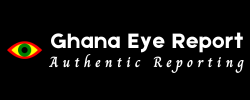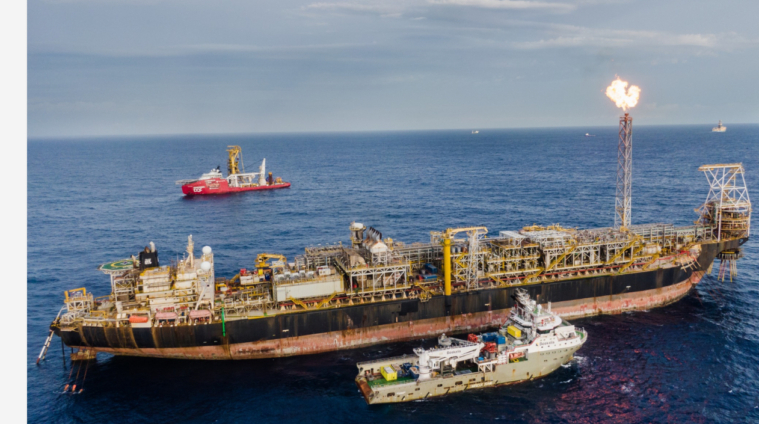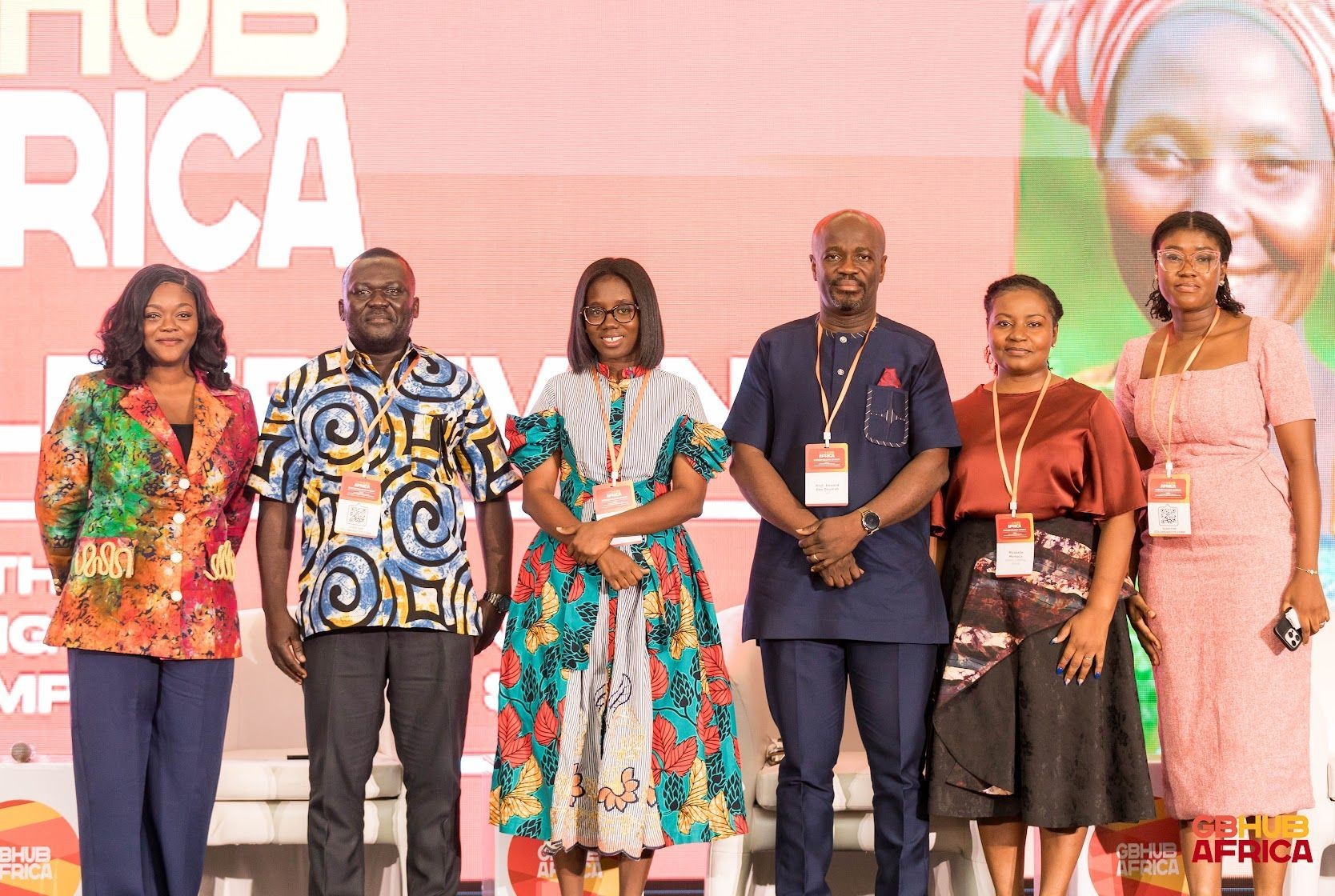By Francis Kobena Tandoh
Crude oil production in Ghana’s three oil-producing fields declined by 25.92 percent in the first half H1 of 2025; this is according to the latest report of the Public Interest and Accountability Committee (PIAC).
“The 2025 Semi-annual Report” observed that Ghana’s three offshore producing fields cumulatively recorded a total crude oil production of 18,415,410.74 barrels (bbls) as compared to 24,857,477.52 bbls in the same period last year.
“In the first half of 2025, Ghana’s three offshore producing fields—Jubilee, Tweneboa-Enyenra-Ntomme (TEN), and Sankofa Gye-Nyame (SGN)—recorded a total crude oil production of 18,415,410.74 barrels (bbls). This output reflects a 25.92 percent decline compared to the 24,857,477.52 barrels produced during the same period in 2024,” read the report.
PIAC attributed the decline to operational interruptions and mini shutdowns, coupled with natural reservoir decline.
Crude oil production in H1 2025, according to the report from the Jubilee Field, totalled 11.02 million barrels, a 32.8 percent decline compared to the 16.41 million barrels produced in H1 2024. The field’s average daily production dropped from 90,755 bbl/d in 2024 to 60,898 bbl/d in 2025.
The highest monthly output in 2025 was recorded in January (2.40 million barrels), while the lowest was in April (1.27 million barrels), reflecting the impact of planned shutdown activities between 26–31 March and the continuation of shutdown work from 1–8 April. These operational interruptions, coupled with natural reservoir decline, significantly constrained output.
According to PIAC, the Tweneboa-Enyenra-Ntomme Field produced 2.97 million barrels in H1 2025, down from 3.45 million barrels in H1 2024, representing a 14.0 percent decline. Its average daily production declined from 19,065 bbl/d in 2024 to 16,420 bbl/d in 2025.
The highest monthly output in the field was recorded in March (0.51 million barrels), while the lowest occurred in May (0.45 million barrels). The shortfall was primarily due to a mini-shutdown to replace the flare tip, which curtailed output in addition to existing reservoir challenges.
The Sankofa Gye-Nyame Field reported 4.42 million barrels in H1 2025, compared to 5 million barrels in H1 2024, marking an 11.6 percent decline. The average daily production decreased from 27,600 bbl/d in 2024 to 24,463 bbl/d in 2025.
The highest monthly production was achieved in May (0.80 million barrels), while the lowest was in February (0.63 million barrels). The decline was linked to intermittent operational disruptions and reservoir management constraints, though less pronounced than at Jubilee and TEN.
PIAC observed that there was no lifting by the Ghana Group on the TEN Field during the period under review and that the average achieved price by Ghana National Petroleum Corporation (GNPC) on behalf of the Ghana Group for all three producing fields decreased by 12.99 percent from US$86.12/bbl in H1 2024 to US$74.93/bbl in H1 2025.
By way of revenue, a total lodgement of US$370,343,681.17 was made into the Petroleum Holding Fund (PHF) as petroleum receipts for H1 2025, compared with US$840,765,265.80 for the same period in 2024. This represents a 56 percent decline compared with the figure for H1 2024.
Following the discovery of oil in commercial quantities in Ghana in 2007 and subsequent production in 2010, the Public Interest and Accountability Committee was established in 2011 to ensure the effective, transparent, and efficient use, management, and investment of petroleum revenue from Ghana’s petroleum resources.
The Committee is a citizen-led public interest committee mandated under section 52 of the Petroleum Revenue Management Act (PRMA) 2011 (Act 815), as amended by the Petroleum Revenue Management (Amendment) Act 2015 (Act 893), 2015, to:
(a) Monitor and evaluate compliance with the Act by the government and other relevant institutions in the management and use of the petroleum revenue and investments as stipulated in the Act.
(b) Provide space and a platform for the public to debate whether spending prospects and management and use of revenues conform to development priorities as provided under section 21 (3) of the Act; and
(c) Provide independent assessments on the management and use of petroleum revenues to Parliament and the Executive in the oversight and performance of related functions, respectively.
By section 56, the Committee is further required to publish semi-annual and annual reports:
- In at least two state-owned national daily newspapers by the 15th of September and 15th of March of each year.
- On the Committee’s Website
- Hold public meetings twice each year to report on its mandate to the general public and
- Submit a copy of its semi-annual and annual reports to the President and Parliament. Enditem
Source: Ghana Eye Report
Share Us




